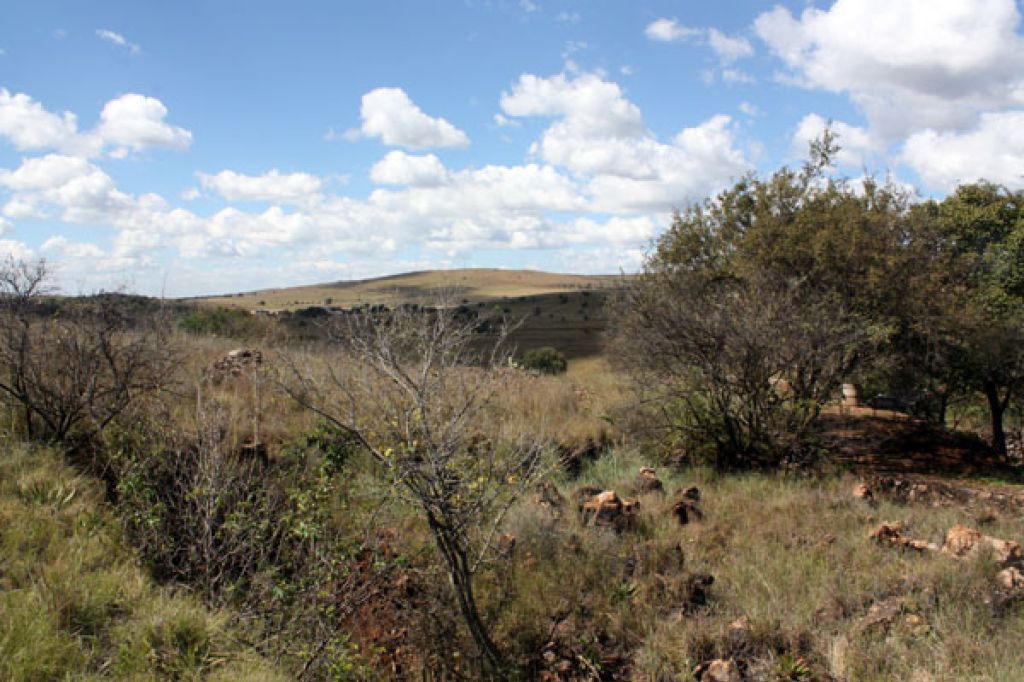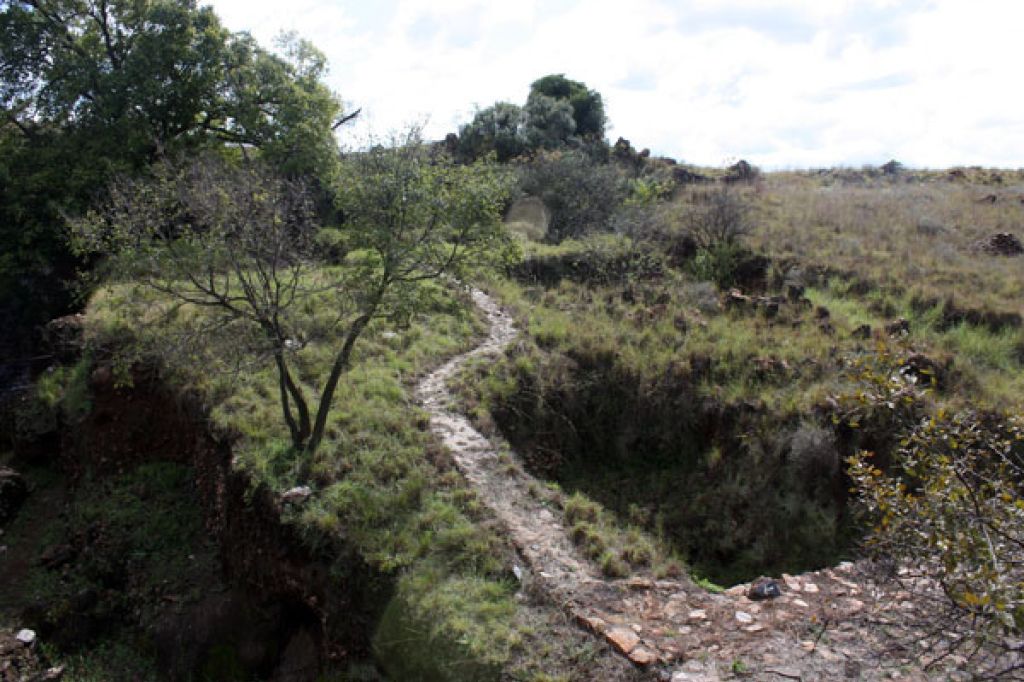Fossil sites in the Cradle of Humankind – Swartkrans
Around 40% of the world's known hominid fossils have been unearthed in the Cradle of Humankind World Heritage Site, earning it UNESCO World Heritage Site status in 1999.
It is thanks to these fossil sites, in which the dolomitic conditions were just right for fossil preservation, that we have an understanding of humankind’s journey to humanity and the evolutionary trajectory that led us to where we are today.
In this series of blogs we profile a selection of sites within the Cradle and highlight the prominent discoveries made at each of these areas of discovery.
Swartkrans

Swartkrans is one of the “Hollywood” fossil sites within the Cradle of Humankind.
Since 1948, when Dr Robert Broom and his assistant, John Robinson, first discovered Homo ergaster at Swartkrans, more than 200 hominid specimens – mostly those of Australopithecusrobustus and Homo ergaster – have been unearthed from the cave, along with hundreds of animal remains.
The site is world-renowned for the prolific amount of stone and bone tools recovered there.
These tools (which range from 1.7-million to 1.1-million years old) were used by early Homo, or Pleistocene hominids.
The fossil site also bears evidence of early man’s controlled use of fire – one could say that Swartkrans was one of the sites of man’s first braai (barbeque).
The findings from the Swartkrans cave deposits helped unlock our understanding of humankind’s early ancestors, and the way in which they interacted with their environment.

Do you have photos of the Cradle you’d like to share? Join our Flickr group!